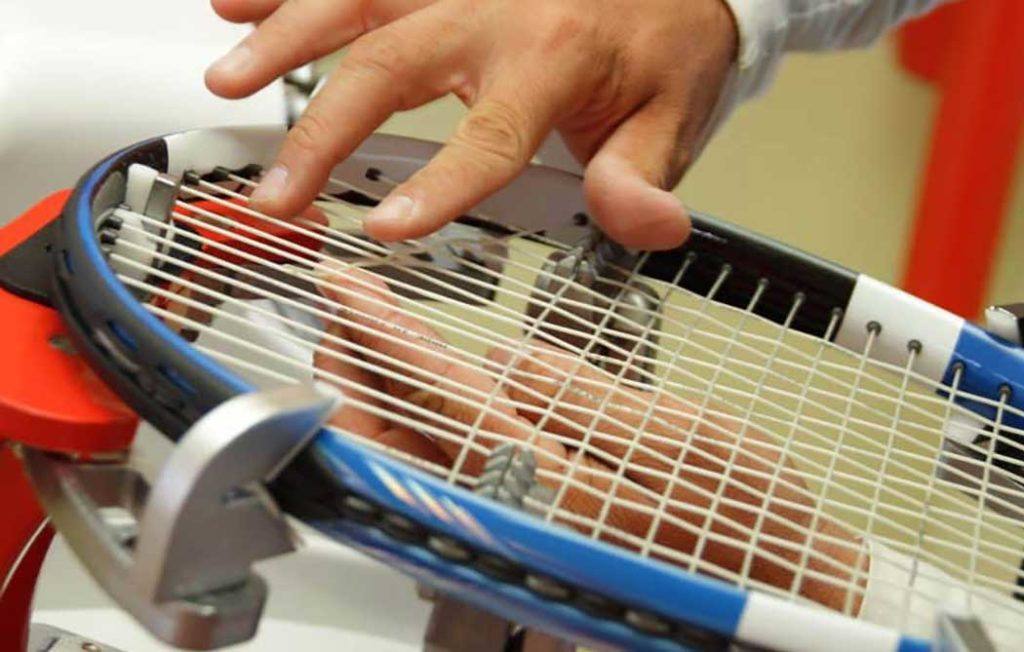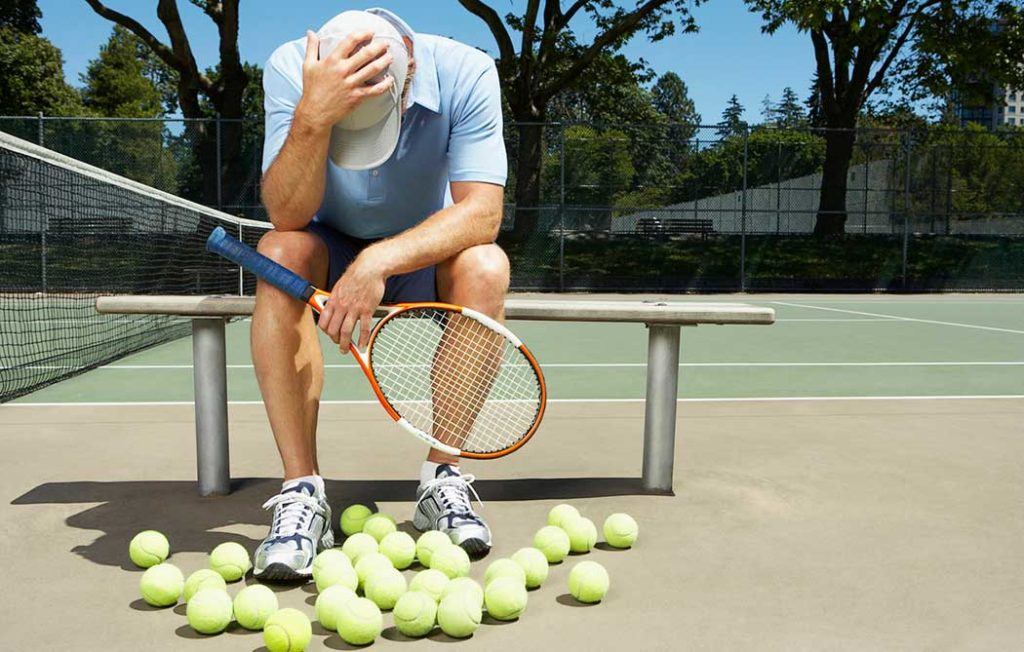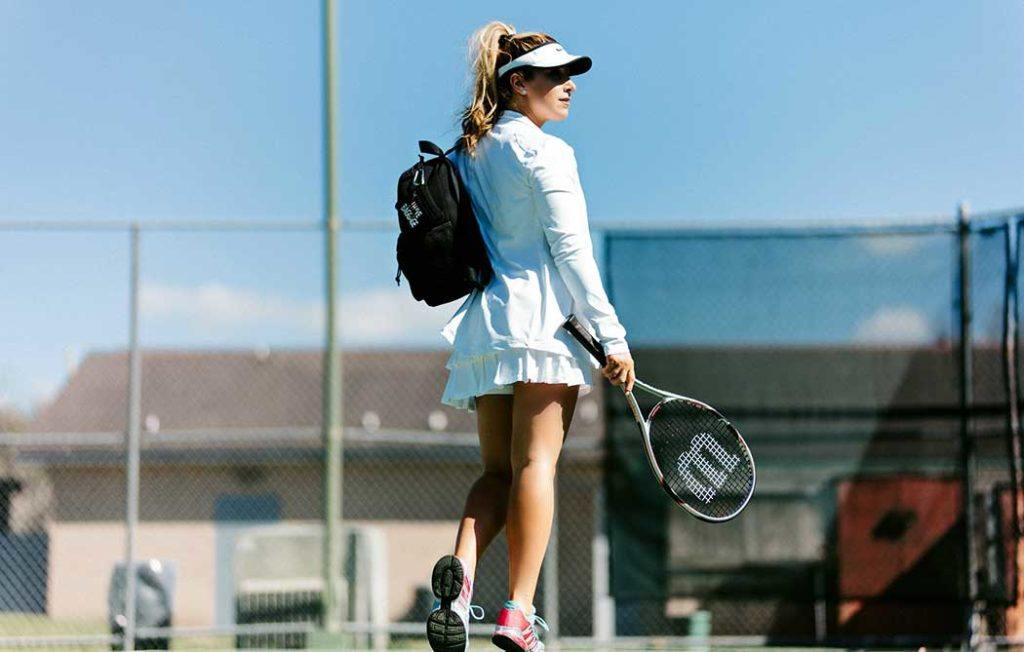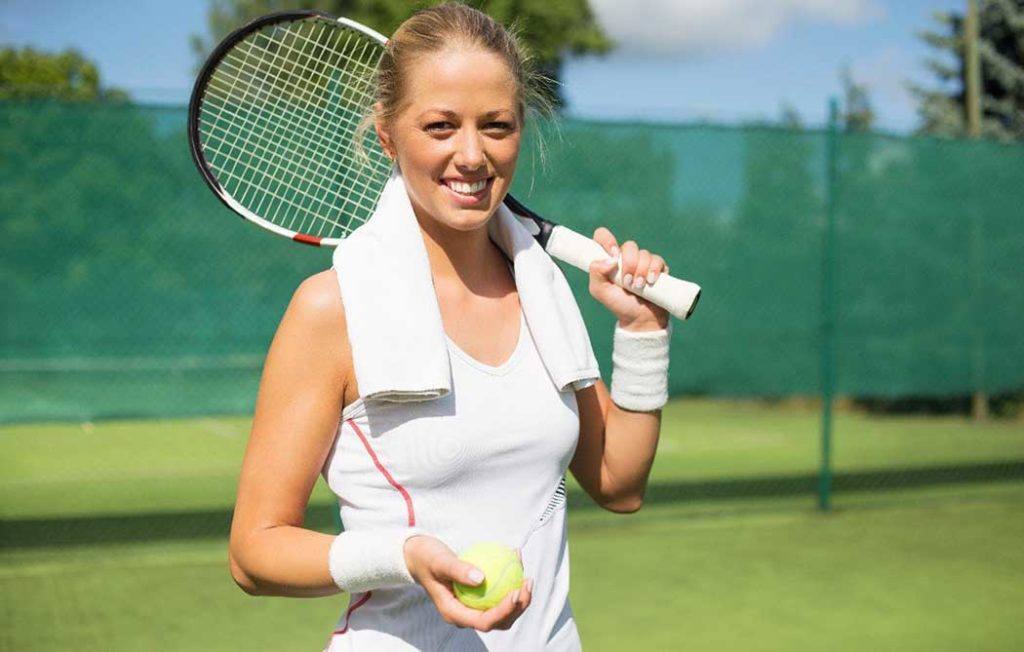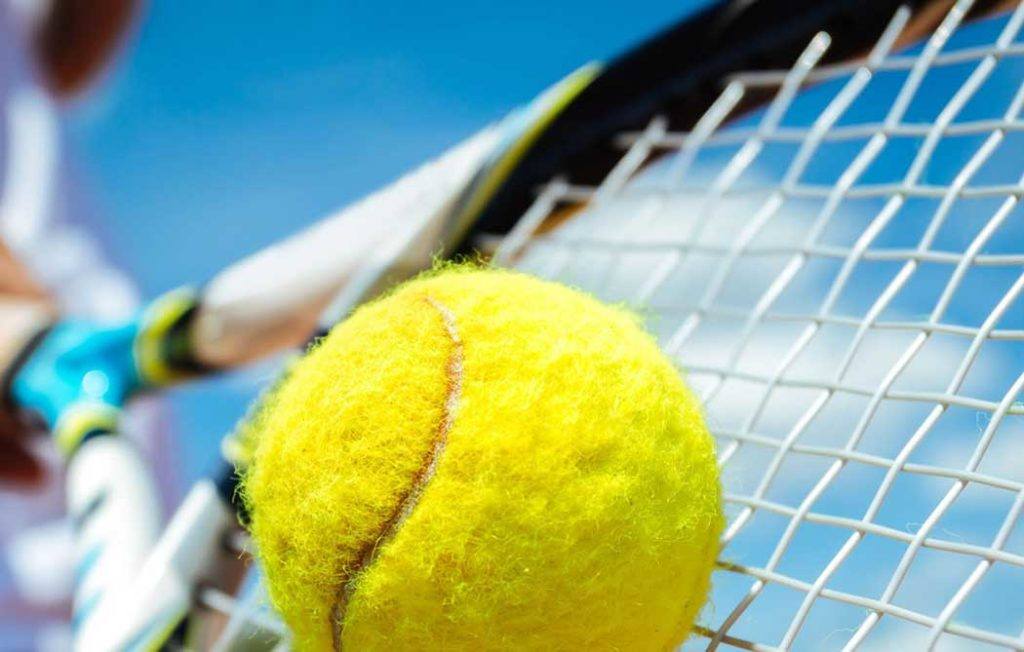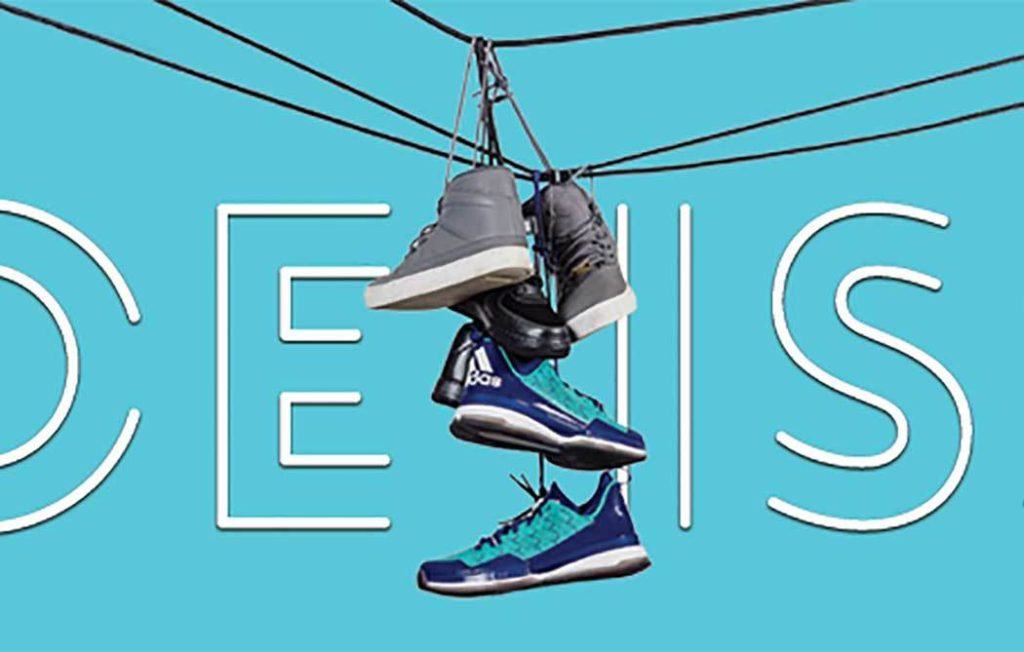{{current_weather.dt | momentjs( atts.date )}}
{{current_weather.temp | temp}} °{{units}}
{{day.dt | momentjs(atts.date)}}
{{day.temp | temp}} °{{day.temp_min | temp}} °{{units}}
Tennis Blog
How often should tennis players get their rackets restrung?
The restringing questions is one we get asked a lot as Tennis Pro’s The basic idea is you should replace your strings as many times per year as you play per week In other words, if you play once a...
Tennis Court Equipment can make a difference!
There are different categories of tennis court equipment for individuals, facilities, and for instruction The most versatile on the market accommodate all categories That said there are a few “must...
Tennis Accessories are a “Booming” Business
The world of tennis continues to experience massive revenue growth at over 30% annually and tennis accessories are a booming industry Tennis clothier boutiques and specialty pro-shop retailers are...
Selecting the right Tennis Apparel
Tennis is one of the few sports that has a history of fashion and elegance Today, players literally have limitless options to choose from It is important to carefully select materials that breathe...
Can a tennis racket make a difference in your game?
Let’s start off by saying it depends! That said we should probably take-a-look at the skill level of the player first There is a correct and right choice for each skill level Players must also...

